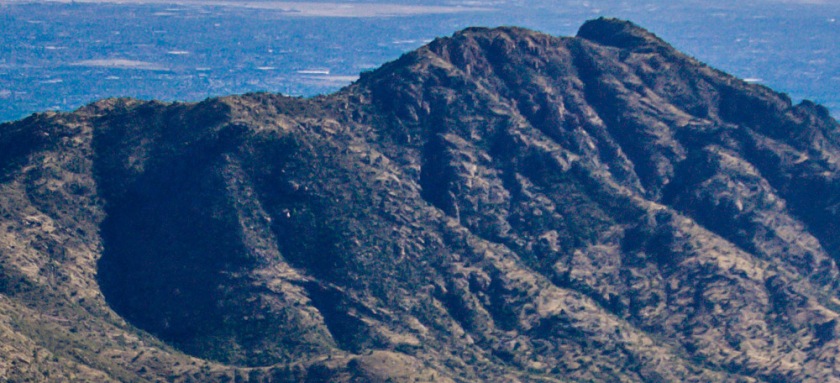Summit4CAD Founder Jon Patrick Hyde has chosen six of the most difficult climbs in the United States for the 2017-2018 calendar.
HALEAKALA
Located in the State of Hawaii on the island of Maui, Mt. Haleakala is the World’s longest paved continuous uphill cycling course. This ride is ranked 2nd most difficult in the USA. From the start at sea level you cycle uphill for 35.5 miles to the summit at 10,023ft for a total of 10,063ft in elevation gained. It has a Fiets Scale Rating of 18.6*.
This ride was successfully completed on October 28th, 2017.

MOUNT LEMMON
Located in Arizona, this iconic Western climb is 28.8 miles long from your starting point at 2,760ft above sea level. The summit is at 9,132ft for a total of 7,107ft in elevation gain. It has a Fiets Scale Rating of 9.9* and will be the first climb of 2018. This Ride was completed in May of 2018.

HORSESHOE MEADOWS
Located in California, this climb is ranked 8th most difficult in the USA. From the start at 3,817ft above sea level you climb to 10,038ft over 19.2 miles for a total elevation gain of 6,558ft. It has a Fiets Scale Rating of 13.7*.

WHITE MOUNTAIN
Located in California, this climb is ranked 9th most difficult in the USA. From the start at 3,946ft above sea level you climb to 10,114ft over 20.3 miles for a total elevation gain of 6,390ft. It has a Fiets Scale Rating of 12.9*.

PIKE’S PEAK
Located in Colorado, this climb is ranked 4th most difficult in the USA. From the start at 6,343ft above sea level you climb to 14,102ft over 24.4 miles for a total elevation gain of 7,978ft. It has a Fiets Scale Rating of 17.7*.

MAUNA KEA
Located in the State of Hawaii on the “Big Island” of Hawaii, Mauna Kea is ranked the #1 most difficult climb in the USA and the entire World. It features 7km of unpaved/gravel roads near the summit. From the start at ocean level you climb to 13,761ft over 42.6 miles for a total elevation gain of 13,778ft. It has a Fiets Scale Rating of 28.9*. ** Due to issues with air quality stemming from continuous volcanic eruptions this ride has been postponed.

*FIETS INDEX = [H^2 / D*10] + (T – 1000):1000
The climb difficulty rating drawn up by Gabriele Codifava, which also gives prominence to steep gradients.
D – Difficulty rating: outcome of the Formula
d – total difference in altitude (meters)
di – difference in altitude between two points (meters) referring to the i-th interval of the climb
P – avg. gradient expressed as Percentage (%)
pi – gradient of the i-th interval of the climb (%)
L – entire Length of the climb (Km)
li – length of the i-th interval of the climb (Km)Whereby the principles followed working out the Formula (proceeding from the old well-known elaboration: D=(P*P*L)/10 + 4*P) are four:
1) to give as much prominence as possible to steep gradients; thus avoid to calculate only average gradients over the entire climb, which would attenuate the importance of the sharpest intervals. Each interval (defined mainly by homogeneous gradient) will be taken into consideration separetely, and the results will be added as the final step of the operation;
2) equal slopes (i.e.: eventually the same climb), even if considered as parts of different courses, should provide self-consistent results. E.g.: check the database for these italian climbs: Prada Alta and Punta Veleno. Punta Veleno should include the entire difficulty of Prada Alta, adding eventually some more difficulty points being the same climb with ADDITIONAL tracts – although easier, anyway rising;
3) the subdivision into intervals should be the least arbitrary;
4) in a theoretically homogeneous climb – in which the average gradient is equal to the partial gradient for every interval – the old and the new formulas should provide the same outcomes.
